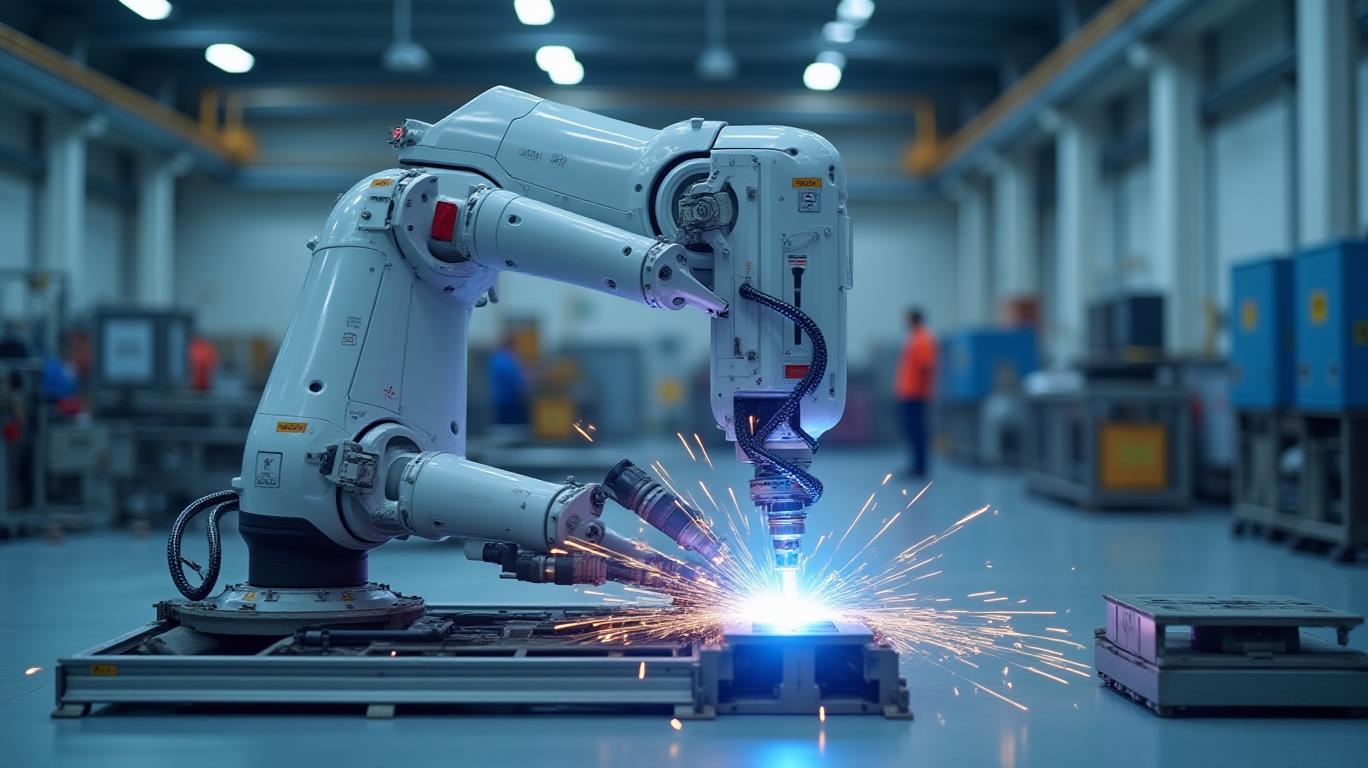ABB’s Profit Surge and Robotics Spin-Off Signal Strategic Reboot in Industrial Automation
ABB delivered a strong start to 2025, reporting a 22% jump in net income to $1.1 billion and an Operational EBITA margin expansion to 20.2%, both beating analyst expectations. The Swiss-Swedish conglomerate’s first-quarter results underscored disciplined cost management and a bold restructuring plan: spinning off its Robotics division into a standalone entity by mid-2026. This move aims to unlock value in two high-growth markets—industrial automation and robotics—while addressing divergent strategic needs.

Financial Resilience Amid Headwinds
Despite a tepid 1% year-over-year revenue growth to $7.9 billion, ABB’s operational improvements shone through. A $600 million capital gain from selling a Zurich office complex supercharged its Operational EBITA, but organic gains also played a role: margins expanded 2.3 percentage points, reflecting cost discipline and pricing power. Free cash flow surged 18% to $652 million, supporting a $1.5 billion share buyback and a $0.90 dividend per share.
The Robotics division, generating $2.3 billion in 2024 revenue (7% of ABB’s total), is now poised to go it alone. With an EBITA margin of 12.1% and a #2 global market position, the spin-off could allow it to compete more nimbly with rivals like China’s Teradyne and Japan’s Fanuc. ABB CEO Björn Rosengren emphasized the strategic logic: “Robotics and our other businesses have distinct customer bases and growth drivers. Separating them will let each focus on their unique opportunities.”
Strategic Rationale and Risks
The spin-off reflects a broader reshaping of ABB’s portfolio. Post-separation, its Machine Automation division will merge with Process Automation, aligning software and control technologies for hybrid industries like energy and chemicals. This consolidation aims to boost cross-selling opportunities and reduce redundancies.
However, risks linger. Global trade tensions and currency fluctuations could pressure margins, while executing the spin-off smoothly will require navigating regulatory hurdles and shareholder approvals. The company’s localized production (75-80% in key markets like the U.S.) offers some insulation, but supply chain disruptions remain a wildcard.
Investment Implications
Investors should weigh ABB’s near-term catalysts against long-term bets. The Robotics division’s spin-off could unlock ~$5 billion in equity value, per analyst estimates, while the buyback and dividend boost shareholder returns. Meanwhile, ABB’s focus on electrification and sustainability—its customer products avoided 66 megatons of CO₂ annually—aligns with global decarbonization trends.
Conclusion
ABB’s Q1 results and strategic pivot signal confidence in its ability to navigate macroeconomic uncertainty while capitalizing on secular trends. The Robotics spin-off, though complex, positions both entities to capitalize on their core strengths: the standalone division can pursue AI-driven innovation without dilution, while ABB doubles down on automation and electrification. With a robust balance sheet, free cash flow resilience, and a 78% reduction in operational emissions (vs. 2019), the company appears well-equipped to deliver value. However, investors must monitor execution risks and geopolitical headwinds. For now, ABB’s moves suggest a disciplined approach to unlocking growth—one robotic arm at a time.










